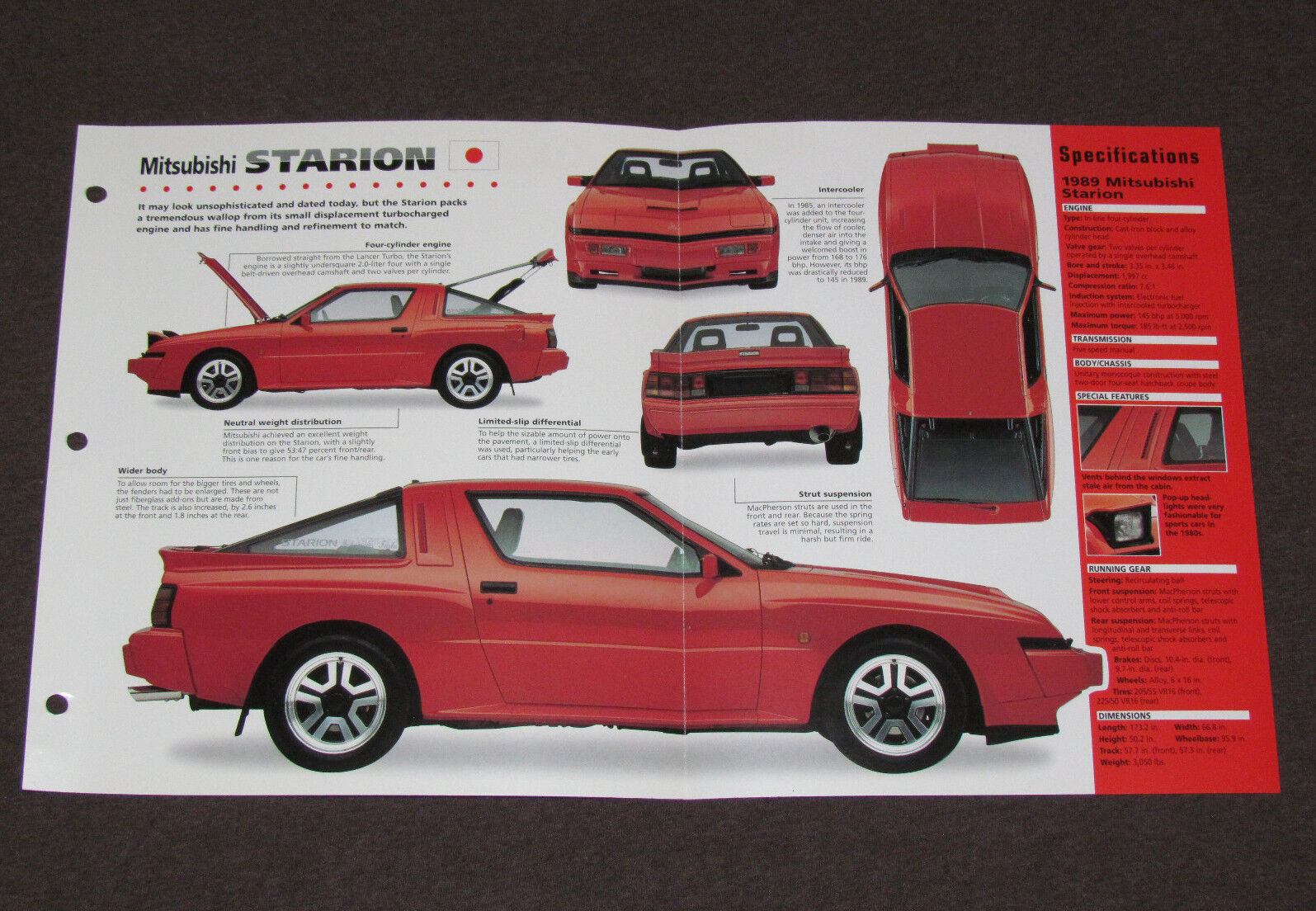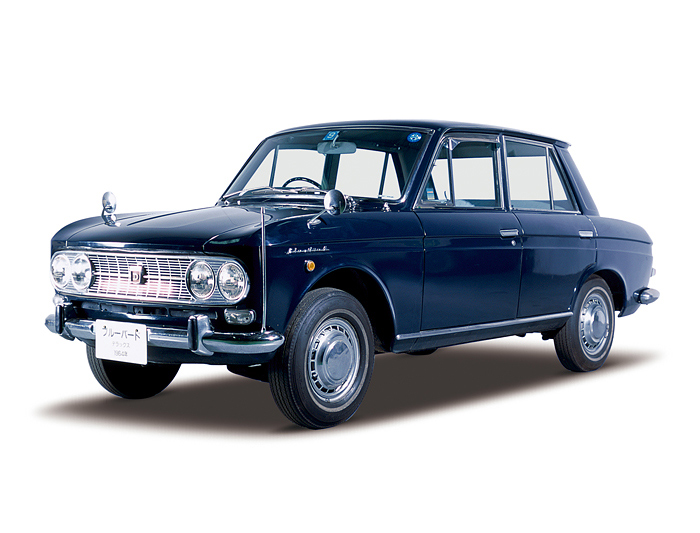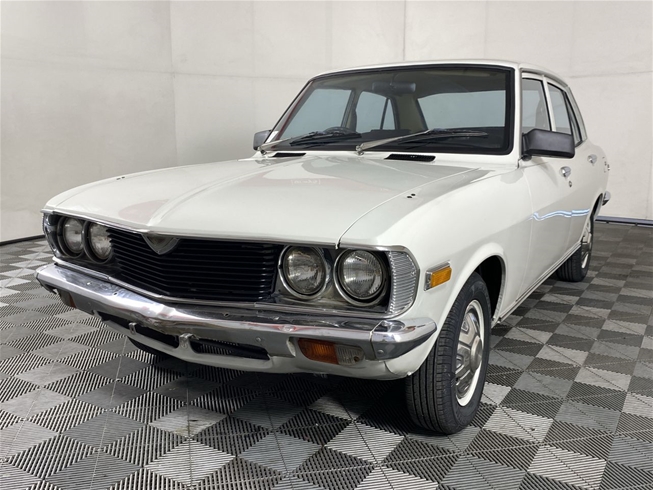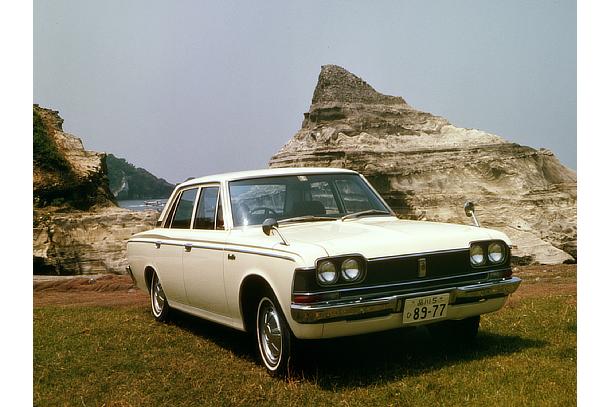by Paul Rogerson
Legend has it that the name of Mitsubishi’s turbocharged coupe from the early 1980s came about due to a miscommunication between Japan and Adelaide. The story goes that when Mitsubishi Australia took delivery of the first Starions, they lacked any badging. Local management sent a telex to Head Office in Tokyo inquiring as to the name of the new model. Back came the reply ‘STARION’. Mitsubishi Australia then set about creating name badges for the cars and developing the accompanying marketing material for the launch that was several weeks away.

As the launch date approached the top brass from Mitsubishi flew out to Adelaide for the occasion. Upon seeing the car and the large posters promoting it, Mitsubishi Motors’ President became agitated and exclaimed: “Why is the new car called ‘Starion’?”. Quite reasonably, someone from local management replied: “Well, that’s what Tokyo told us.”
“NO!” shouted the President. “We have small car called ‘Colt’. This is bigger, more powerful car. Bigger horse.”
This story sounds apocryphal but if you consult Wikipedia, you will find a variation of it. The press pack* that accompanied the release of the Starion suggested that the name was derived from a combination of a ‘star’ and ‘Arion’, Hercules’ horse. That sounds like some face-saving PR spin to mask a good old-fashioned stuff-up so maybe the story is true.
Whether the story is accurate or not at least the Japanese could pronounce the name of the car properly. Certain sounds and letters that exist in the English language do not exist in Japanese making it difficult for the Japanese to pronounce some foreign words. Two letters in English that have no counterpart in Japanese are the letter ‘L’ and the letter ‘V’. Thus, it becomes a bit tricky to pronounce the names of popular models such as the ‘Corolla’ or the ‘Civic’. The Honda Civic is doubly problematic for the Japanese as the syllable ‘ci’ is pronounced ‘shi’ so the name would be pronounced ‘Shibick’. Native English speakers get a chuckle when it comes to another model in the Honda range – the Honda City.
Why Japanese car manufacturers insisted on difficult to pronounce names for many of their models in their home market is a mystery. One theory is that exotic, difficult to pronounce names makes a car more appealing to Japanese buyers. A ‘Toyota Samurai’ sounds a bit too local whereas ‘Toyota Starlet’ conjures up images of glamorous young Hollywood actresses.
Another theory is that all Japanese car manufacturers consulted the same Western brand consultant who had a cruel sense of humour and/or an antipathy for the Japanese race. Whilst lacking direct proof of this theory a good case can be made based on circumstantial evidence.

An early example of a hard to pronounce model name is the Datsun Bluebird. The letter ‘L’ presents an immediate challenge to the average Japanese car buyer, but it may have been a stroke of marketing genius. The Bluebird was launched in Australia in the early 1960s at around the same time Donald Campbell was attempting to set speed records on both land and water in his ‘Bluebird’. While the Datsun Bluebird was never going to set any speed records, it certainly helped put the Japanese car industry on the world map.
Also in the 1960s, Nissan decided to give its large sedan a distinguished sounding man’s name so they chose ‘Cedric’. Whilst not hard to pronounce it was a comical choice of name more appropriate as the family pet name for Dad’s old Wolseley rather than the flagship sedan. Nissan had another upwardly mobile sedan and gave it a woman’s name. ‘Laurel’ seemed a poor choice. If Nissan wanted a female name, in the 1980s they should have renamed it something like ‘Diana’ in honour of the most famous woman in the world and a princess to boot.

At Mazda they did a funny thing. In the 1970s through to the current day cars for the export market generally have model numbers rather than names such as the ‘323’, ‘626’ and the ‘929’. For the domestic market the same cars had hard to pronounce names like ‘Familia’, ‘Capella’ and ‘Luce’, though in the 1970s they were also used in some export markets, including Australia. The Japanese struggled with the pronunciation of ‘Luce’. It came out like ‘Ruché’.
Meanwhile, back at Mitsubishi Motors, management had recovered from ‘Starion-gate’ and with typical Japanese efficiency undertook a program of continuous improvement when it came to naming new models. Mitsubishi started to move away from names with the pesky letter ‘L’ and adopted names like ‘Sigma’, ‘Magna’ and ‘Cordia’ (although there was some backsliding with the ‘Lambda’ but, hey, it was another letter in the Greek alphabet). Another benefit in having model names ending in a vowel sound was that most Japanese words end with a vowel, so pronunciation was easier.
All was going well until the Pajero. At first blush ‘Pajero’ ticked all the boxes: no tricky letters and ending with a vowel. What could go wrong? Unfortunately, ‘pajero’ is the Spanish word for a w**nker. Perhaps the brand consultant saw a mock-up of Mitsubishi’s latest 4WD and thought it looked pretentious or he was just having a bad day at the office and took it out on Mitsubishi. We will never know. Nevertheless, Mitsubishi branded the Pajero either as the ‘Shogun’ or ‘Montero’ in Spanish speaking countries.
The spin doctors really earned their keep trying to explain away the latest branding snafu. The explanation given was that ‘Pajero’ was derived from ‘Leopardus pajeros’ being the zoological name of a South American wild cat. Yeah right.

Over at Toyota, management seemed preoccupied, if not obsessed, with the word ‘crown’. The Toyota Crown, long having been the flagship luxury sedan, first came to Australia in the early 1960s. It was followed shortly afterwards by the mid-sized Toyota Corona. ‘Corona’ is Spanish for ‘crown’. Towards the end of the 1960s came the compact Toyota Corolla. The word ‘corolla’ means the petals of a flower forming a cluster in the shape of, you guessed it, a crown.
Toyota did not escape the cruel humour of the brand consultant as they had a sporty version of the Corolla called the ‘Levin’, which enjoyed some rallying success, and a mid-sized sedan called the ‘Violet’. Tongue twisters both.
By the early 1990s the Western brand consultant had either grown tired of mocking Japanese pronunciation of foreign words or simply retired. Cars still had humorous names but the humour was more whimsical and not aimed at tormenting the Japanese car buyer. Nissan produced a small retro-styled van that looked a bit like a snail and had design cues of a distinctive Gallic flavour called the ‘S-Cargo’. When Mercedes launched the Smart car, Toyota responded some years later with their intelligently laid out version called the ‘IQ’.
More recently, Nissan sought to level the playing field by naming a car that presents a challenge to everyone as to its correct pronunciation: the ‘Qashqai’.
That Western brand consultant, if he ever did exist, has a lot to answer for.
* Did you know that the AMHF has a large collection of press packs and other marketing material for cars launched in Australia dating back several decades? If you want to know more about your car or you wish to purchase a digital copy of marketing material please get in touch with us via our Contact us page.

